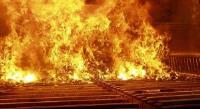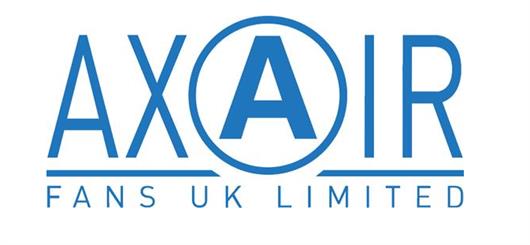 Add My Company
Add My Company

Waste to energy incineration systems are a sustainable option for reducing the amount of municipal waste ending up in landfill. The heat generated from combustion processes in these systems produce a renewable source of energy contributing to UK and global energy generation. Waste energy plants manage non-recyclable waste with this technology in aim of preventing any waste at all being disregarded in landfill. During the process of residual waste incineration, the general household waste is separated into recyclable and non-recyclable waste. The non-recyclable waste is then fed into the incinerator to be burnt.
The airflow from the integrated fan increases the combustion process and the heat from this converts water to steam which is sent to a turbine generator. At this point it can be converted into electricity and heating for businesses and homes. Particles are filtered inside the incinerator and any harmful toxins are removed. The ash formed at the bottom of the incinerator is also scanned with magnets to remove any outstanding metals, it can then be reused as a material for construction work or filtered and sent to a landfill that is safe from the risk of contaminating groundwater.
The key to full combustion is a sufficient air intake of oxygen so integrating the correct industrial fan into the system is crucial to ensuring a safe and complete process. The forward curved fan integrated into the incineration system works to provide a continuous flow of air (oxygen) which reacts with the fuel, resulting in rapid combustion at an extremely high temperature. Incineration is seen as the safest option to dispose of potentially toxic compounds found in municipal waste and destroys the harmful gaseous particles that are produced during its destruction. These harmful compounds would otherwise pose a risk to the environment in disregarded landfill.
However, for successful combustion the temperatures must be above 850° to break down all the potential volatile components and to avoid any harmful gasses being released. Certain types of waste containing highly toxic compounds such as cyanide, PCB’s and CFCs can only be fully destroyed at extreme temperatures. Industries requiring rapid disposal of toxic waste generally opt for onsite combustion incinerators. The specification of the combustion fan will be determined by the airflow and pressure required and the type of waste being destroyed, the size of the system also needs to be considered. Combustion fans provide a reliable, precise airflow to enhance and speed up the burning process and ensure a full circulation of air.
It is also important to note that a combustion fan providing too much airflow will cool the incineration system and result in less energy yield and wasted fuel. Poor air supply from an insufficient fan in a combustion system results in unburnt fuel and can produce soot and smoke, otherwise referred to as exhaust. The build up of soot in a combustion system can cause blockages which could lead to a fire. Due to the high temperatures reached the exhaust is generally released in the form of gas but it can also form as solids or liquid. When a hydrocarbon fuel reacts with oxygen the exhaust contains CO2 and H2O gaseous particles.
Incomplete combustion produces less energy and forms carbon and carbon monoxide gases which are harmful to human health and the environment. The carbon is released in the form of black smoke which is the build-up of fine particles of soot from the incomplete combustion. Carbon monoxide is highly toxic and can be life threatening if inhaled, the toxic particles take priority over oxygen in attaching themselves to haemoglobin red blood cells in the body so that little oxygen is transferred through the body. If the atmospheric air intake of a combustion system contains high traces of nitrogen the exhaust may also contain nitrous oxides, therefore the integrated air control system regulating the air concentration must be well maintained and working efficiently.
Industries operating this technology have a duty of care to ensure systems are operating efficiently, adhering to the strict emissions limits and in line with health and safety legislation. One of the UK’s leading waste and resource management companies, FCC Environment have covered a report by UK Think Tank, concluding that energy from waste plants is the answer to the national waste crisis and a much more sustainable option than expensive overseas exports or carbon landfill.
The report states that MPs agree that combustion technology is the safest, cheapest and most environmentally responsible solution to the UK’s residual waste problem. Suggesting that if the government were to prioritise a new waste to energy policy encouraging domestic heat networks to heat homes which would be referred to as ‘green heat’, the UK’s residual waste could be used as a low carbon heat and energy source heating thousands of homes rather than just adding to mass carbon landfill.
For more information on The Role of the Industrial Blower Fan in Residual Waste to Energy Incineration talk to Axair Fans UK Ltd

